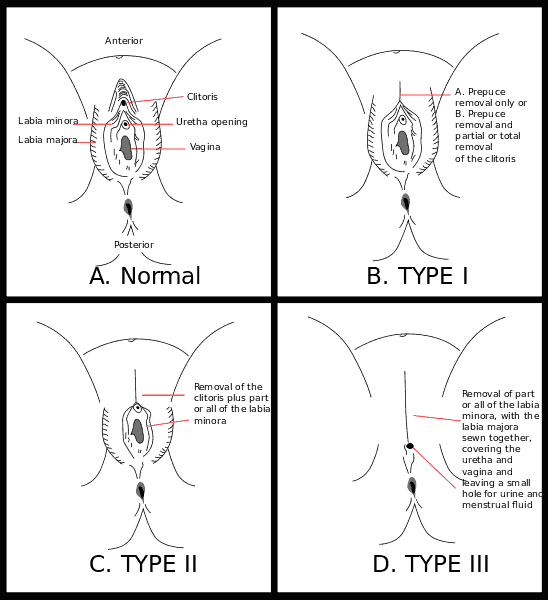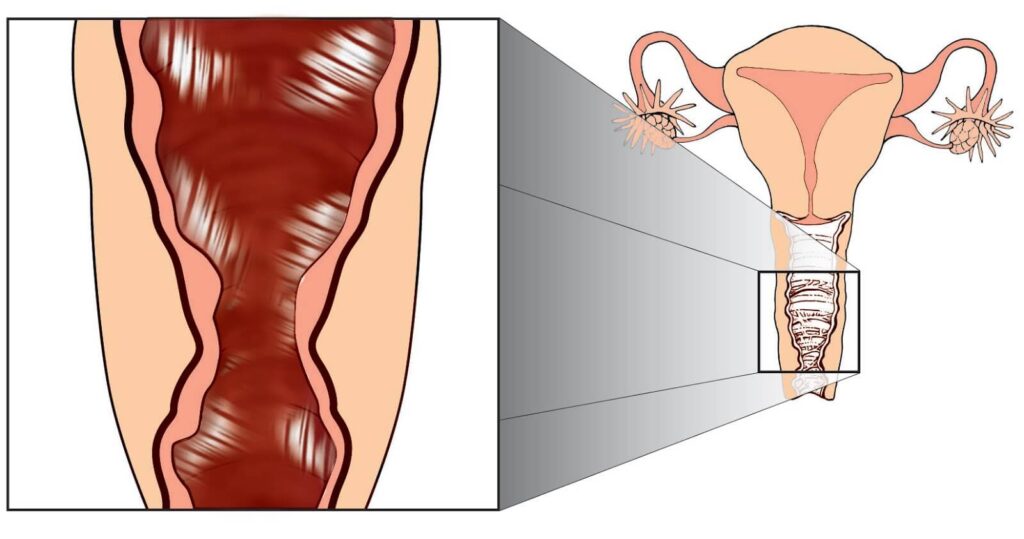We Treat Problems Resulting From Genital Mutilation Naturally
The physical scars and adhesions that develop after genital mutilation can remain in the body for a lifetime, serving as painful reminders of an abusive procedure. Invisible to diagnostic tests, adhesions act like tiny straitjackets, binding delicate structures and causing pain. Our therapists provide a safe and effective treatment that decreases or eliminates these adhesions, allowing women to return to a more normal, pain-free life. Studies in peer-reviewed U.S. and international medical journals found that our manual physio/physical therapy significantly decreased pain and returned function to most women we treated. Complete the online Request Consultation form to receive a free phone consultation with an expert therapist and learn more.
Genital Mutilation Overview
Genital mutilation (sometimes called female circumcision) can leave more than emotional scars. The ‘surgery’ is often performed with unclean instruments in a non-sterile environment. It can cause massive adhesions to form in the most delicate structures of a woman’s body. After the trauma has passed, glue-like adhesions (formed to help the area heal) can remain for a lifetime at the sites of tissue damage.
Female circumcision, a tribal ritual that is centuries old, is practiced most prevalently in the central and north-eastern countries of Africa. The procedure involves the partial or total removal of the external female genitals. It is most commonly performed during the adolescent years (typically before age 12); for many girls the circumcision occurs as early as infancy.
Because there is no medical reason for female circumcision and due to the risks involved, the World Health Organization (WHO) classifies it as female genital mutilation (FGM). They have fought for the international recognition of this practice as a violation of the human rights of women and children. According to WHO, 100 to 140 million girls and women worldwide are currently living with the consequences of FGM and three million more girls are at risk every year.
Female circumcision is usually performed in a non-sterile environment without anesthesia and can be fatal if the child goes into shock, hemorrhages or becomes septic with infection. Depending on the degree and severity of the procedure chosen for the girl, she may experience a lifetime of chronic pain and dysfunction.
There are three main types of female circumcision. In a clitoridectomy (type I), the clitoris is removed (partially or completely). If an excision (type II) is performed, the clitoris and the labia minora (lips of the vagina) are removed. In a full infibulation (type III), the vaginal opening is narrowed by cutting and stitching of the labia minora and majora and the clitoris may also be removed.
Adhesions after female circumcision (FGM)
Regardless of the age at which FGM occurs, it can cause severe scarring and adhesions as the delicate tissues of the vagina heal where the genitalia was cut and or stitched together. Adhesions that form around the vaginal opening and over the urethra can cause recurrent bladder and urinary tract infections, cysts, infertility, potential childbirth complications and newborn deaths.
Women who have undergone type III FGM are often cut and re-stitched several times in their life to allow for periods of intercourse and childbirth, creating an ongoing cycle of vaginal adhesions. Victims of FGM we treat often arrive at our clinics reporting extremely painful intercourse, inability to have intercourse (due to pain or tightness) and other sexual problems, such as decreased desire, lubrication and orgasm.
Adhesions (internal and external scars) form naturally to help the body heal from being cut. With a tensile strength of nearly 2,000 pounds per square inch, these adhesions bind structures in place, keeping tissues frozen or glued down after any surgery (such as FGM), inflammation, or other physical trauma. Like tiny but very strong straitjackets, these adhesions form wherever the body heals, binding down tissues that should be able to move freely and independently as they did before the FGM was performed.
Clear Passage®️ Treatment
The therapists at Clear Passage®️ are very familiar with the physical scars that occur at the female urogenital and reproductive organs. We have been treating post-surgical vaginal and pelvic adhesions for two decades. We have treated many women who were victims of FGM for severe intercourse pain, pelvic pain and dysfunction that they have experienced since they were children.
We use our hands to slowly peel apart adhered tissues, always working with respect and within each patient’s comfort and tolerance levels. Like gently breaking apart a nylon rope, or straitjacket composed of hundreds of tiny bonds, we work to detach the adhesions from structures that are causing the pain, tightness or dysfunction.
We also understand the need to treat these delicate tissues in a ‘safe place,’ with the dignity and sensitivity that each patient’s unique situation requires. While our work is physical, we also understand the psychological issues that can naturally accompany a lifetime of pain and dysfunction. We are happy to consult and work with your physician or counselor before, during or after your treatment.
Related Content:






